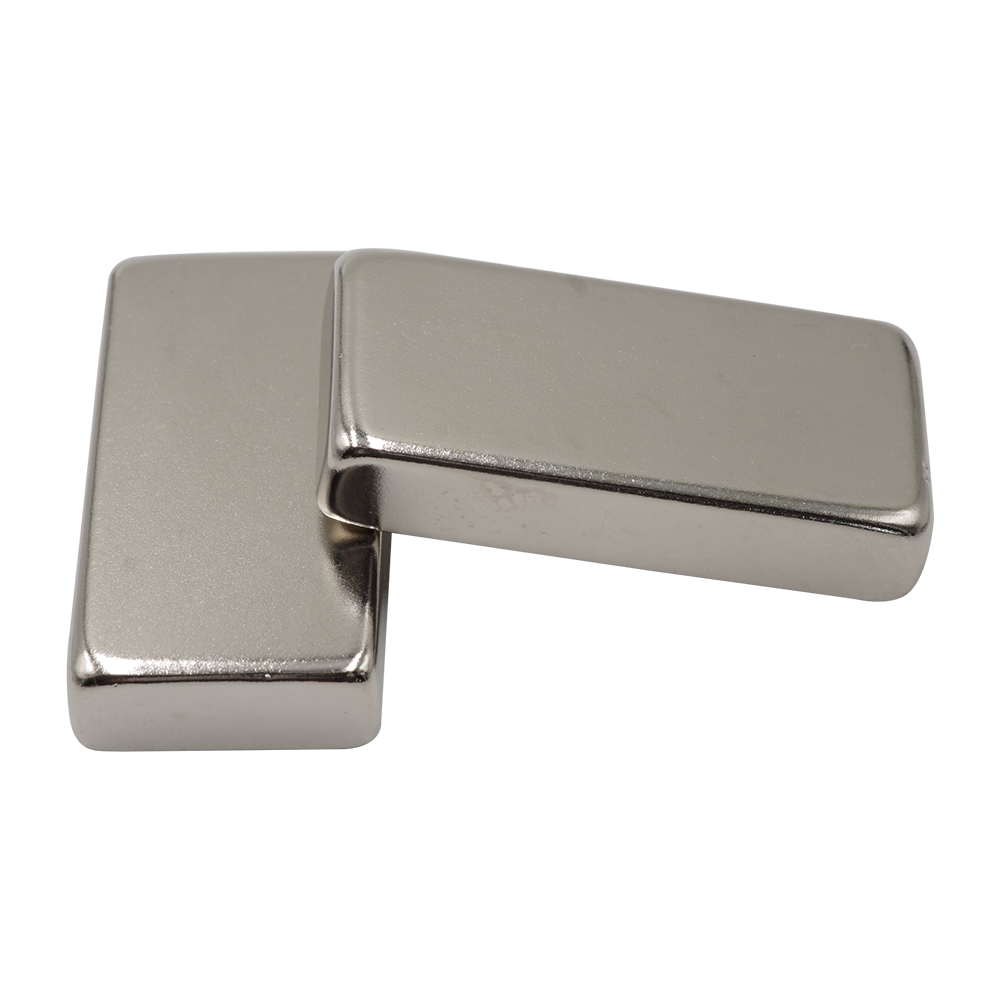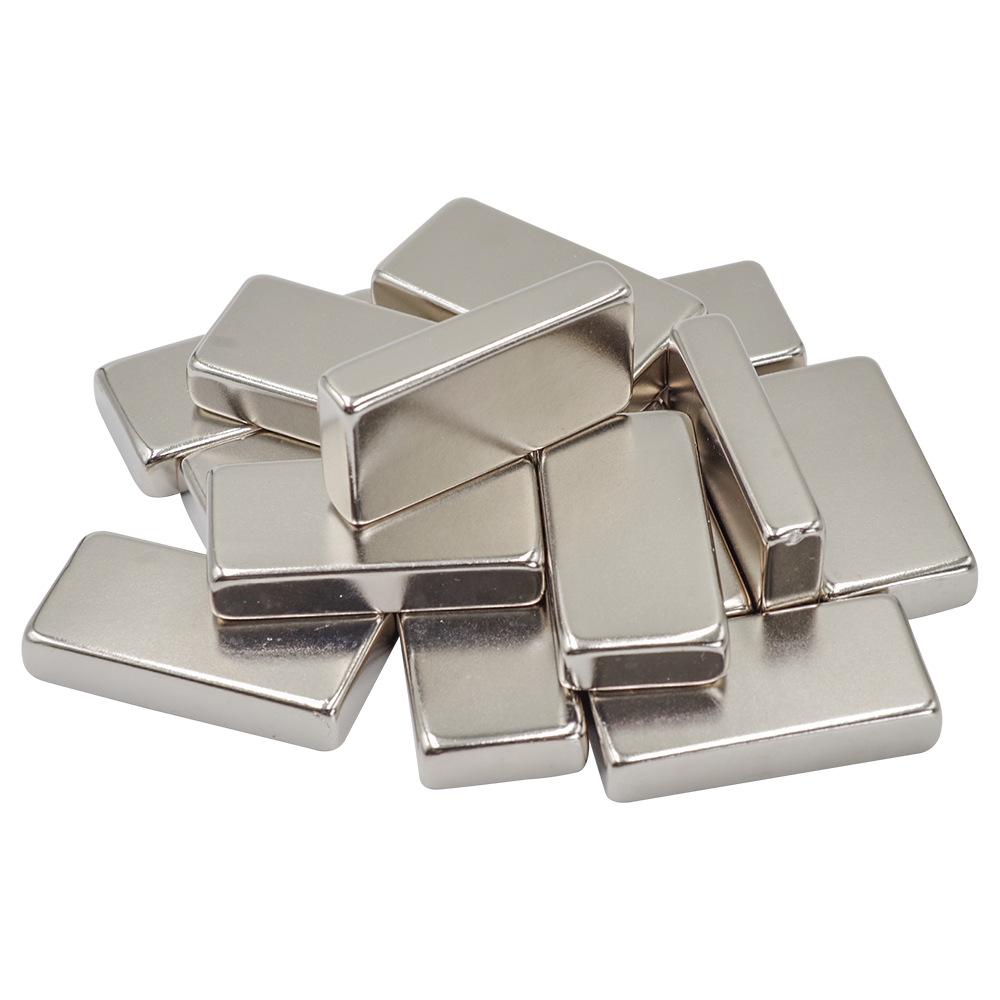
A Sintered Nd-Fe-B Neodymium Magnet Class: The Best Way To Identify The Quality
release time:04/23/2020 10:48:26The sintered Nd-Fe-B Neodymium magnet is one of the essential materials in pushing the progression of modern technology and the development of our society. Its applications widely cover most areas we encounter: hard drives, electric cars, industrial permanent magnetic devices, and consumer products such as mobile phone, scanner, and TVs.

In 1985, the Nd-Fe-B neodymium magnet market started to be industrialised, and the material could be produced in considerable quantity. This industry has been growing significantly in the last three decades, with the increase in functions and types. With the advantage of the expansions, more producers have entered the market. However, customers became confused, and one question needs to be raised: how can the quality of a Nd-Fe-B neodymium magnet can be identified?
There are three significant aspects to figure out whether the producer's magnet is worth buying; they are:
1.The magnet’s performance;
2.The magnet’s size and shape;
3.The magnet coating.
Magnetic performance
Firstly, the magnet performance depends on the materials used, the high standards, and precise control during the production process. According to some published requirements and restrictions for manufacturers who produce all levels of Nd-Fe-B neodymium magnet, the material procurement must strictly follow the rules written by the government and related departments to ensure a high quality.
The manufacturing techniques also directly determine the performance of a magnet. The Strip Casting (SC), Hydrogen Decrepitation (HD) and Jet Mill (JM) production techniques are the most advanced methods thus far. As a whole, small size vacuum induction furnaces are being replaced by the large version for improvements on both quality and quantity. Strip casting replaced the traditional casting methods, while hydrogen decrepitation and jet mill are better substitutions for jaw crusher, disc mill and ball grinding mill. These three improved techniques have ensured the homogeneity of powder; the liquid-phase sintering process and grain refinement can benefit from new technologies as well.
Furthermore, in terms of the magnetic field orientation, China is the only country which has the ability to perform a two-step compression moulding. Manufacturers such as JinTong Magnetic Material Technology are able to engage in such a world-leading production process and produce superb Nd-Fe-B neodymium magnet.
Lastly, to make sure the magnetic performance meets the requirements, supervisory control over the whole production course is vital. It can be tested through various means, such as SC thickness measuring and JM powder size. Moreover, some other advanced methods include using the permanent magnetic parameter measuring device and the pulse field magnetometer.
The magnet's size and shape
In addition to performance, the size and shape are also the aspects which can identify the quality, and it mostly depends on the manufacturers' execution ability. Companies with rich experience in the industry like JinTong can guarantee each product is with the perfect size and shape.

Shapes vary according where the magnet is applied. It includes discs, circular and square cylinders, and other irregular shapes. A typical production process includes:
1.Production of a huge size semi=finished product (a blank shape);
2.Sintering and tempering;
3.Machining, including incision, shaping and perforation;
4.Grinding and coating;
5.Measuring magnetic performance as well as checking surface finishes and dimensional accuracy;
6.Magnetizing, packaging, then sending out to customers.
The Sintered Nd-Fe-B neodymium magnet's surface is required to reach a certain level of smoothness and precision. Therefore, grinding is an essential part of making a quality magnet. This process can influence the sizes and shapes of products, which are particularly crucial if magnets are used in cars and machinery. With the improvement of production technology and equipment, automation has allowed extreme accuracy and reduced manufacturing costs in all items JinTong produced. Meanwhile, it also meets clients’ demand in both quality and quality.
The magnet's coating
The coating is probably the most crucial aspect people neglect, but it determines the life of the product.
Research has proven that a one cubic centimetre Nd-Fe-B magnet can only last 51 days at 150 degrees Celsius and regular air before it became fully corrosive. To ensure it can be used from 20 to 30 years, the coating is the answer to serve this purpose.
Generally speaking, there are two materials used to apply coating on magnets, which are nickel and Zn. Sometimes manufacturers will apply another layer that is made with copper. Under particular circumstances, manufacturers employ Parkerising as the primary coating method. Electro-coating is also widely used these years due to its unique advantages, such as higher binding force with magnet's surface, better acid-resisting ability as well as alkali resisting ability. Therefore, clients need to choose their coating materials based on their operating environment.
Conclusion
To identify the quality of Nd-Fe-B neodymium magnets, the performance, shapes and size, as well as the coating are three primary concerns that each customer needs to think about. Only if you can understand the production process and how these three aspects are achieved, you can maximise benefits from using such a product. If you still have any concerns, ask professionals from JingTong, and their experts can provide a tailored plan that suits your requirements.
For more info, please visit: https://www.jintongmagnet.com

 CN
CN





 Consultation
Consultation Contact us
Contact us Announcement
Announcement